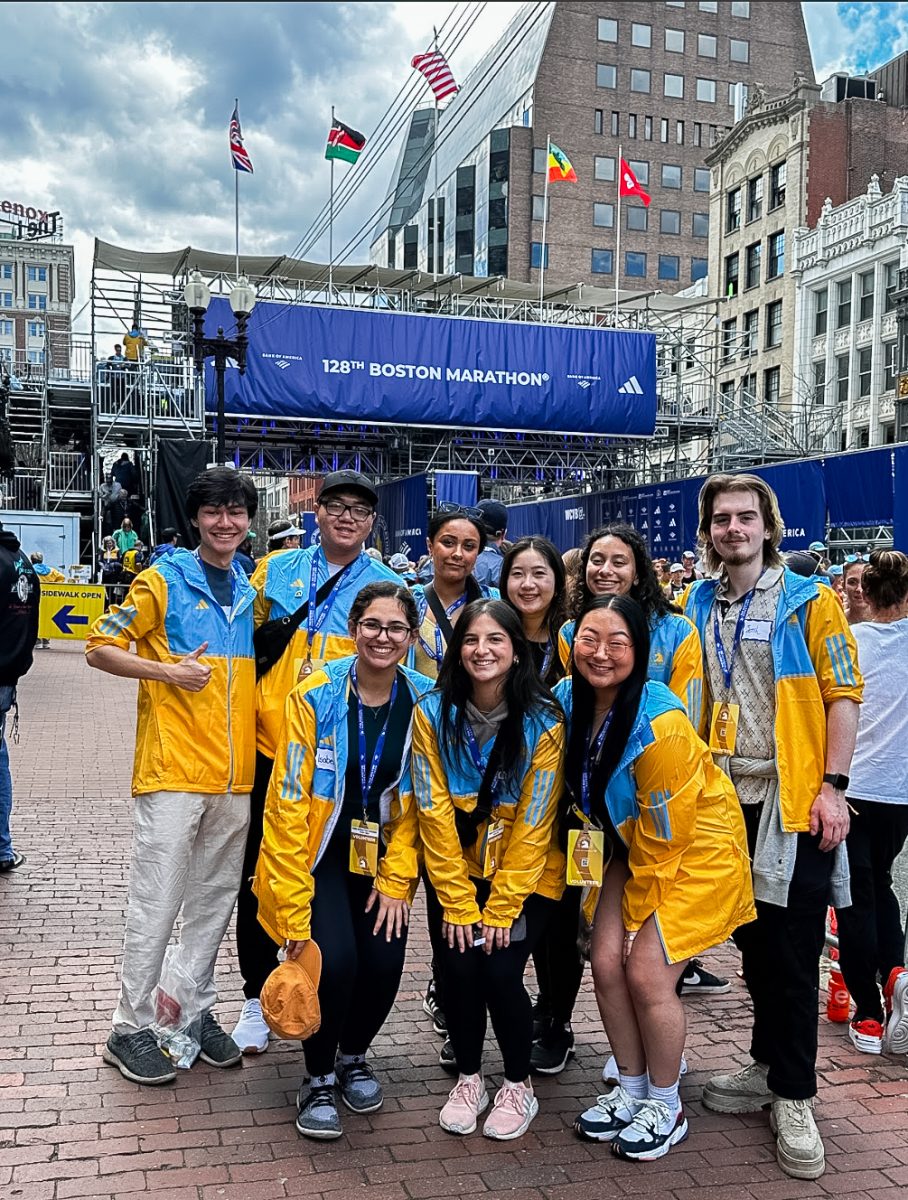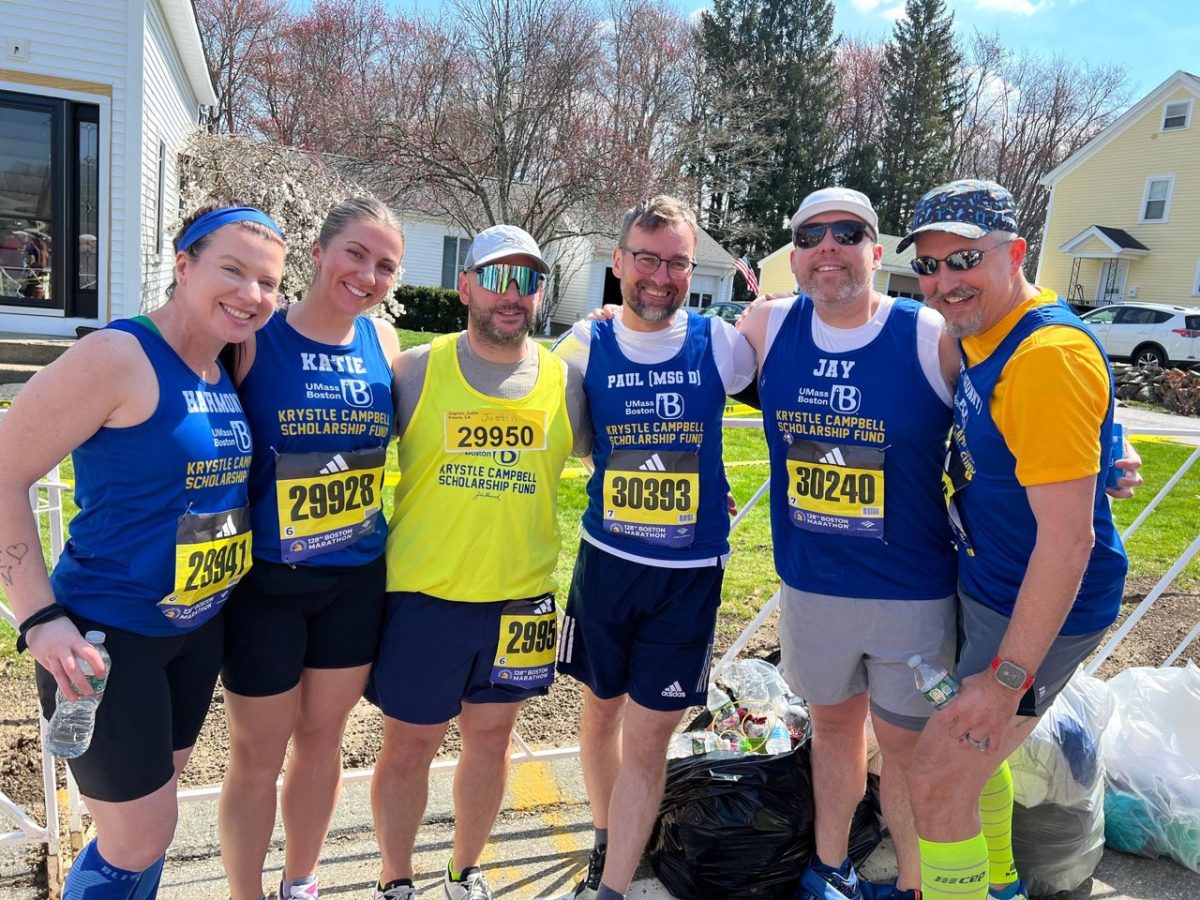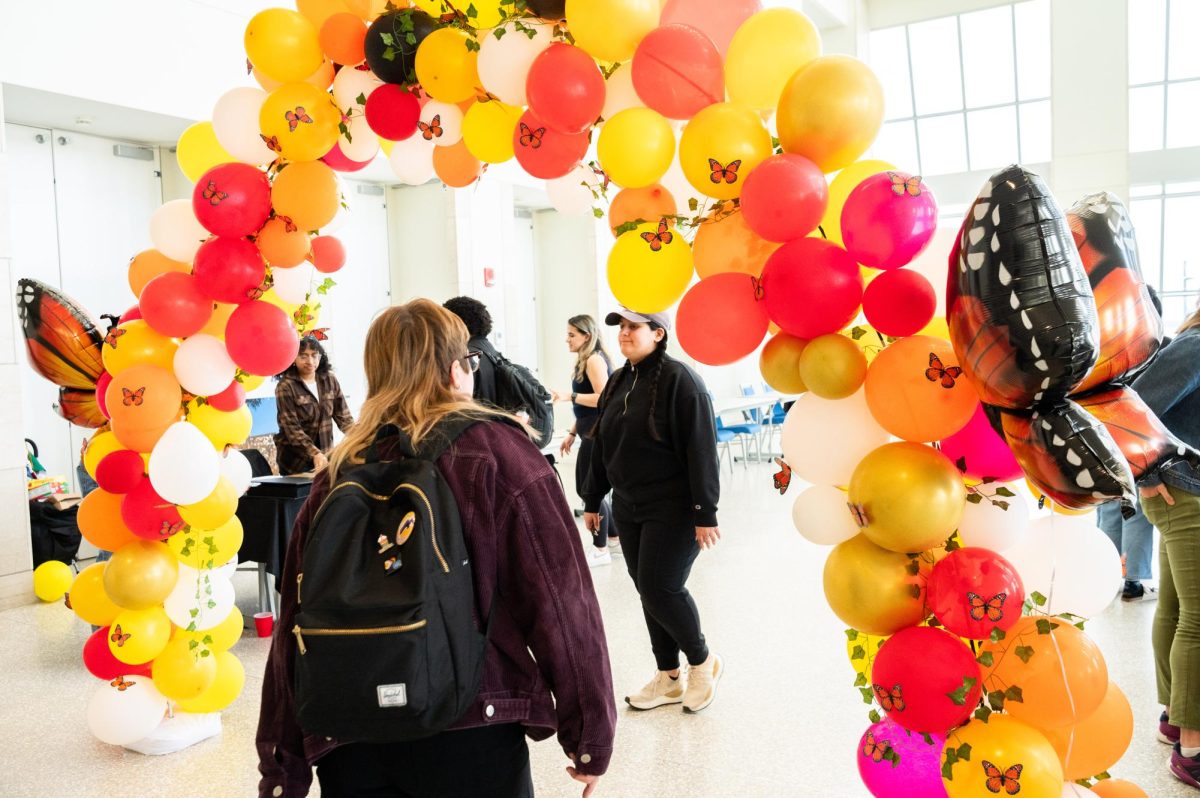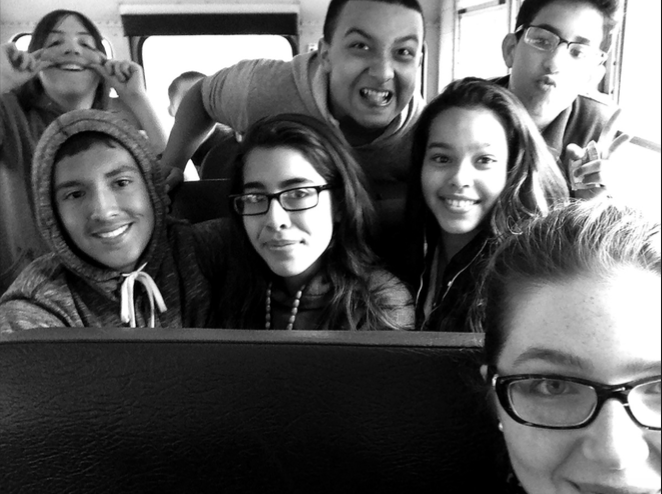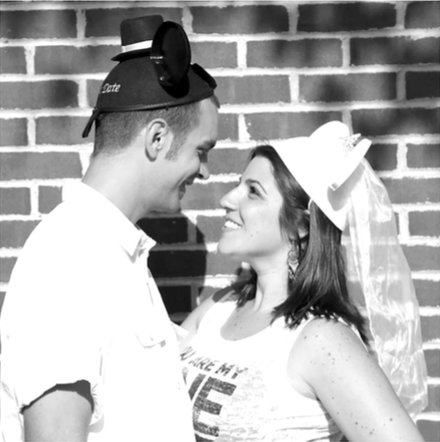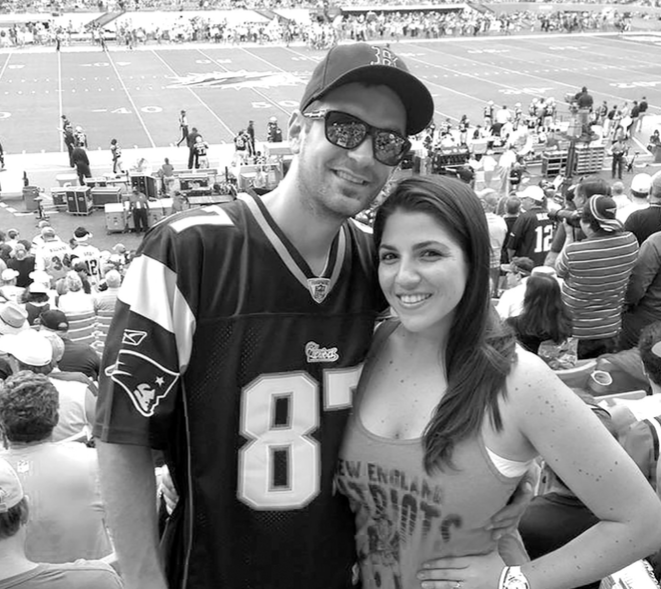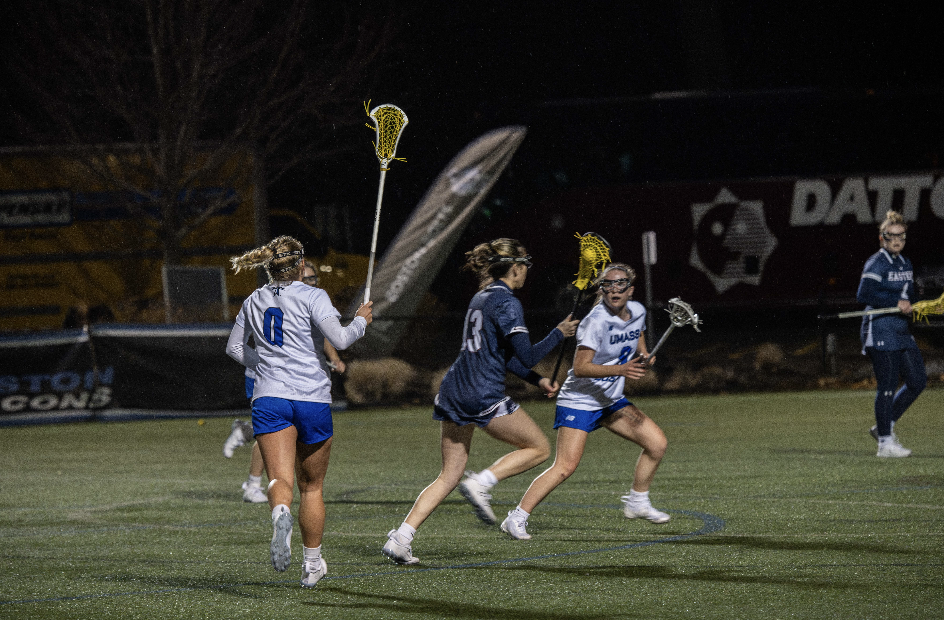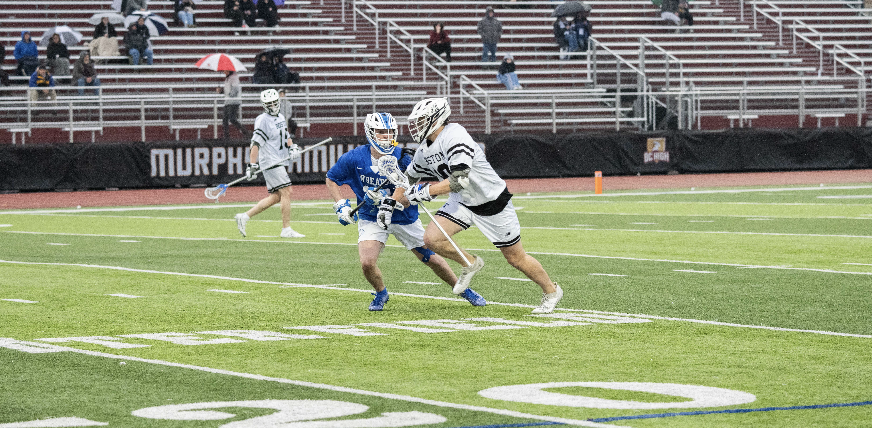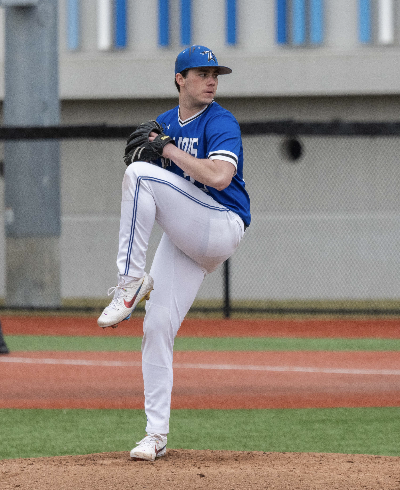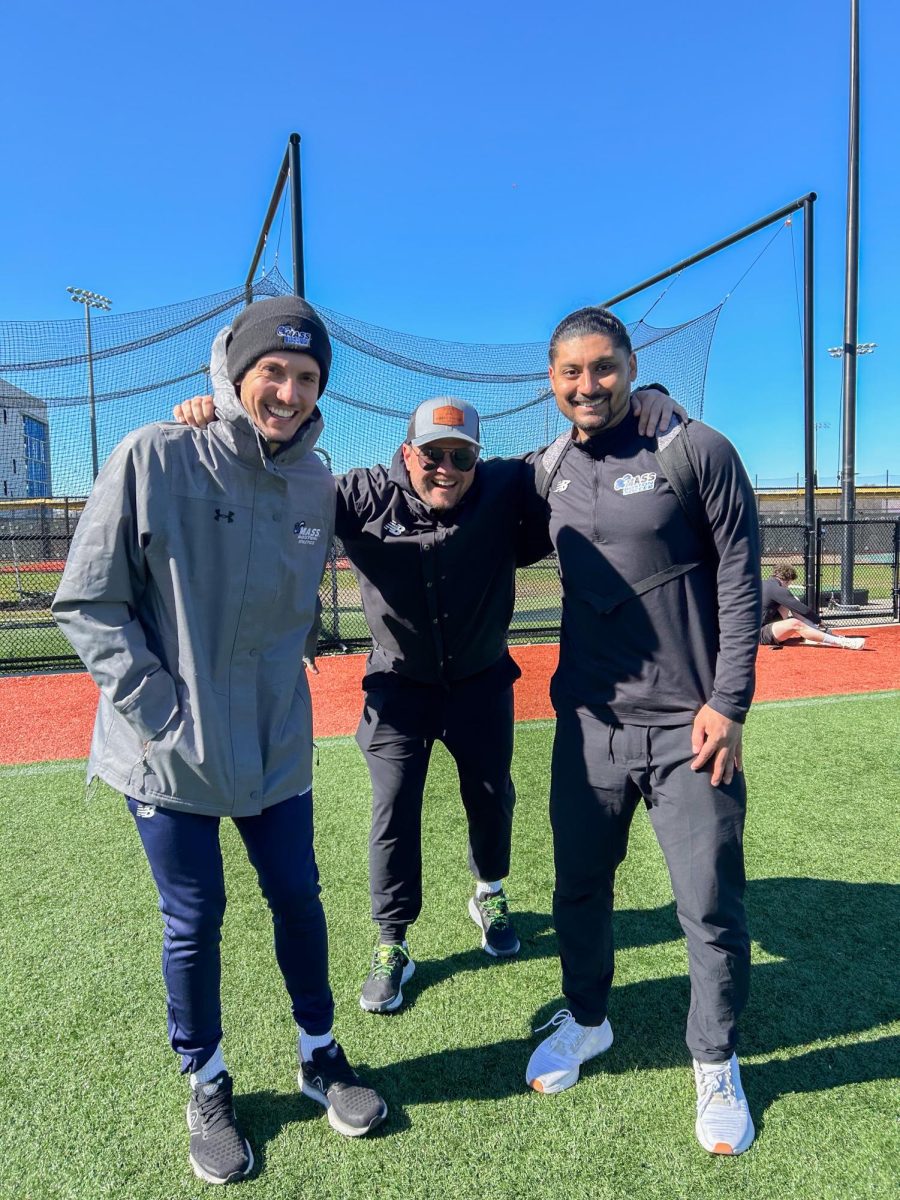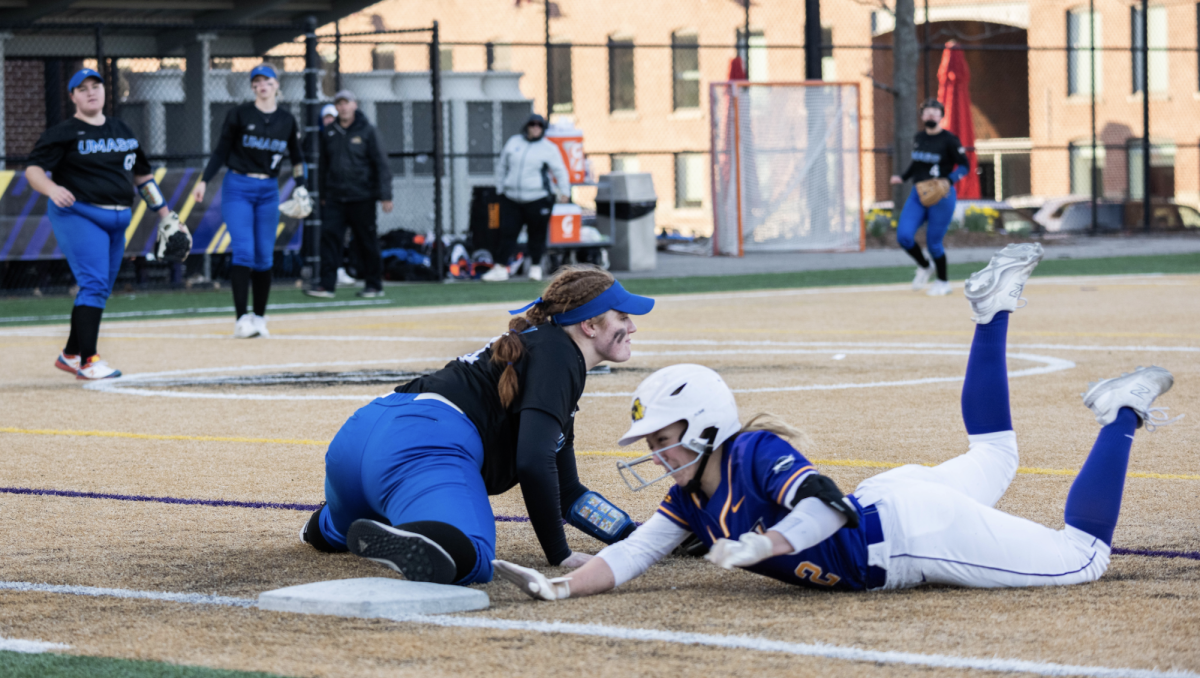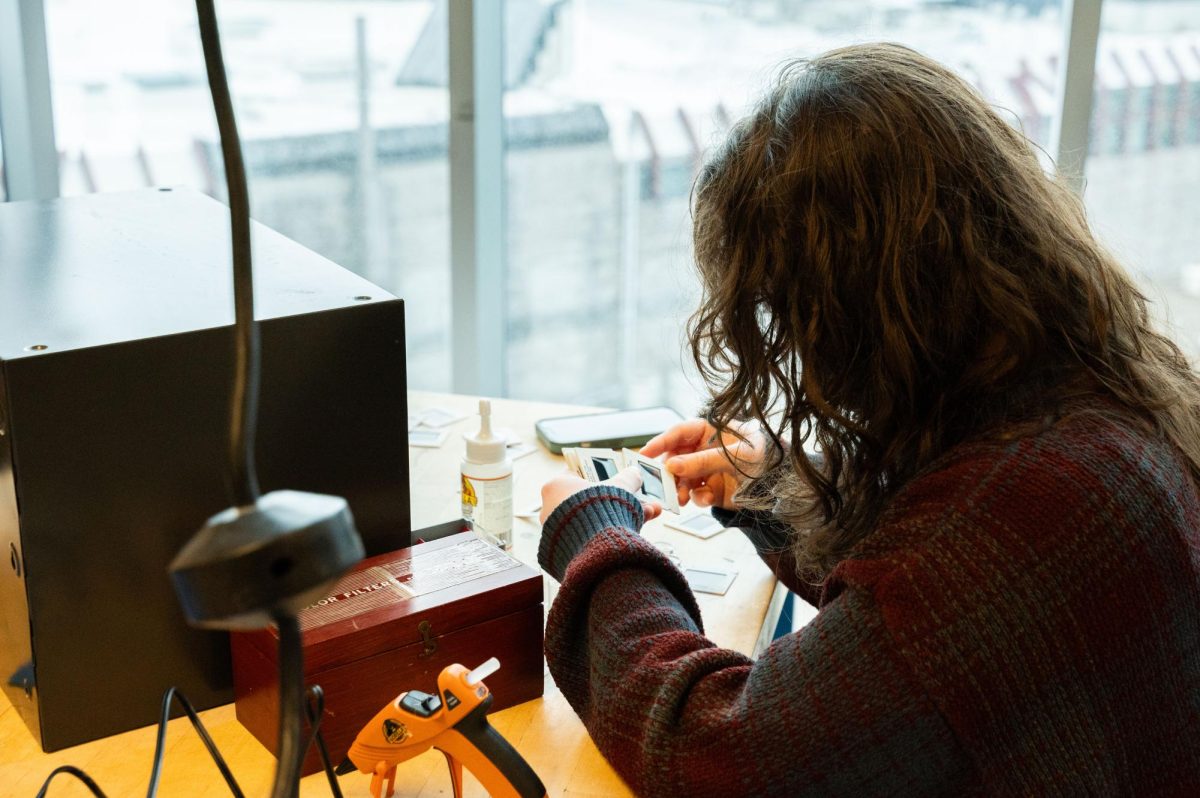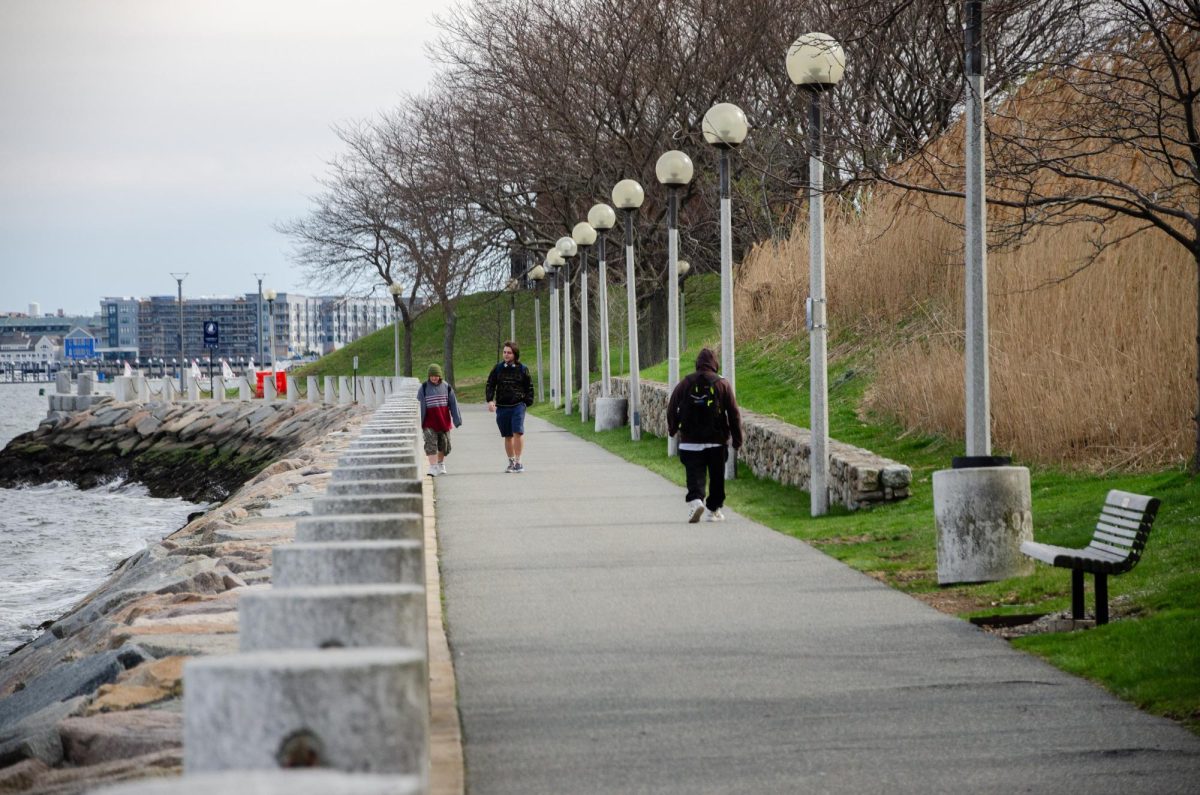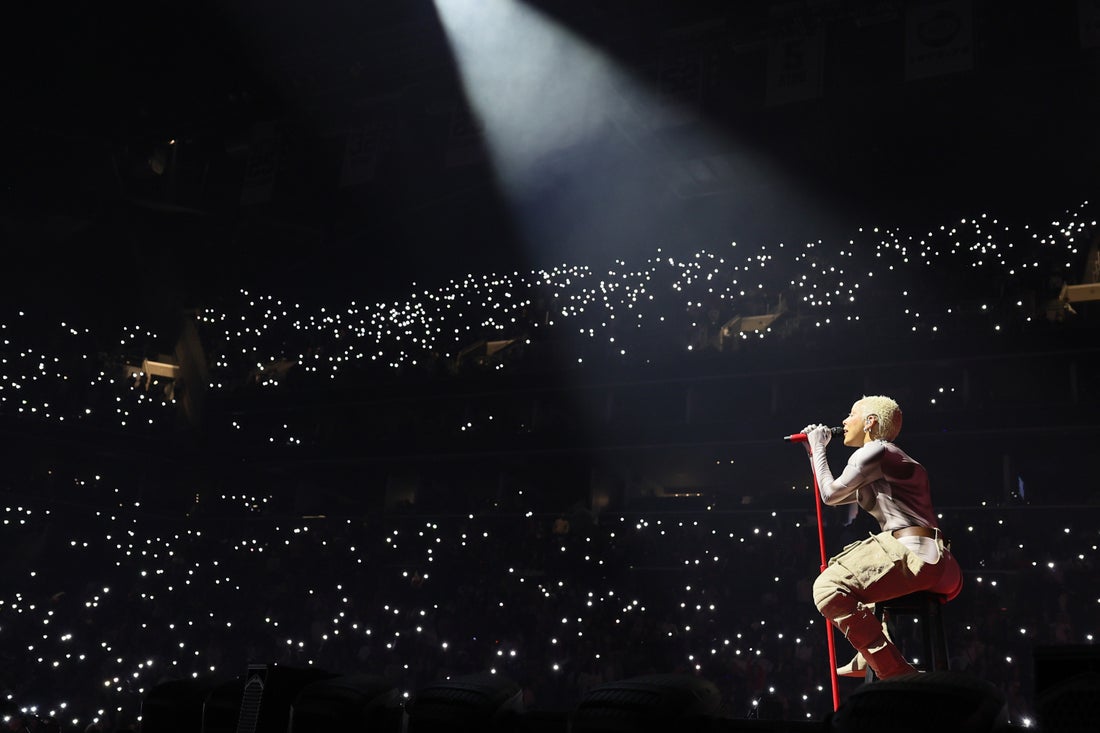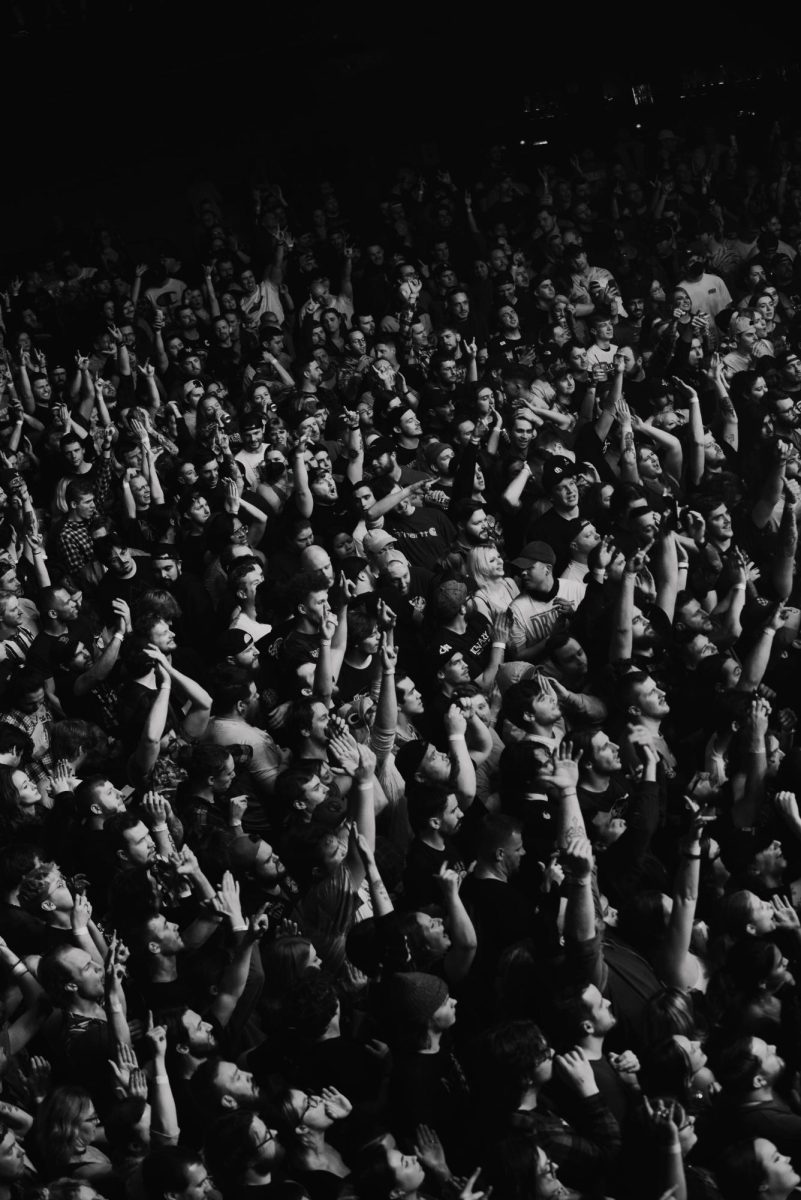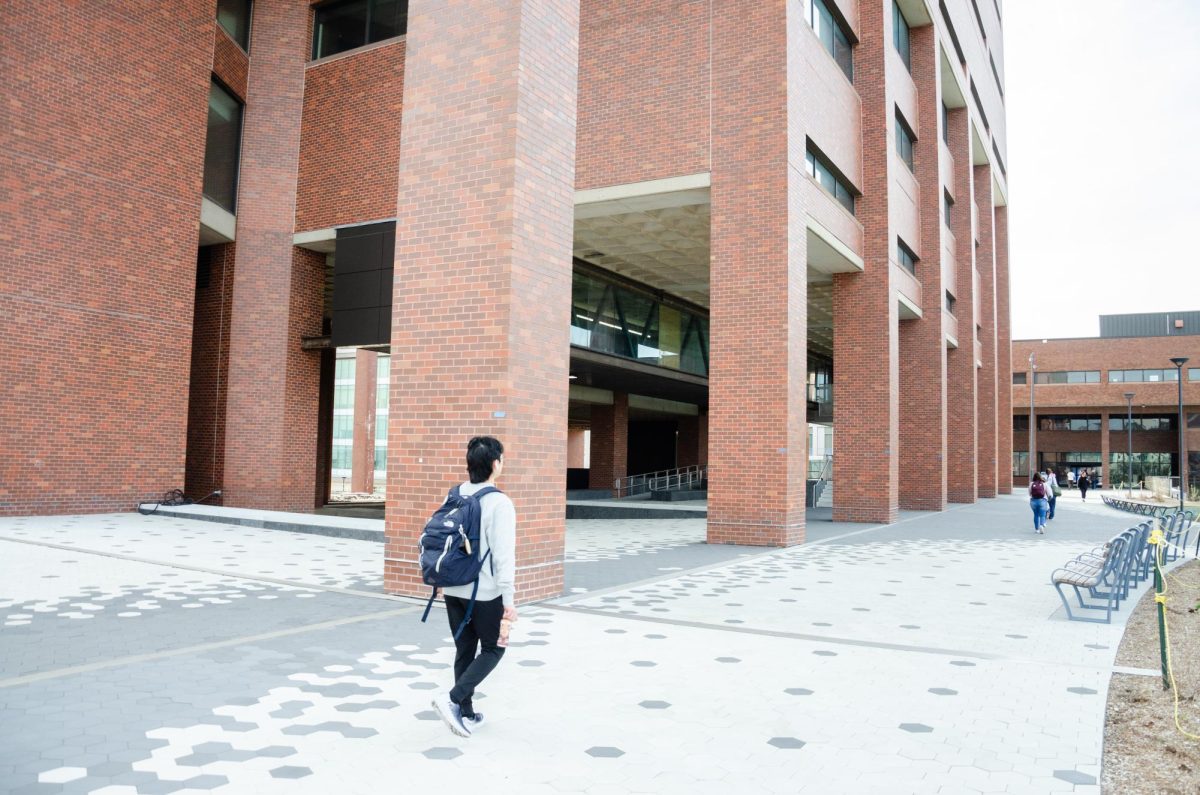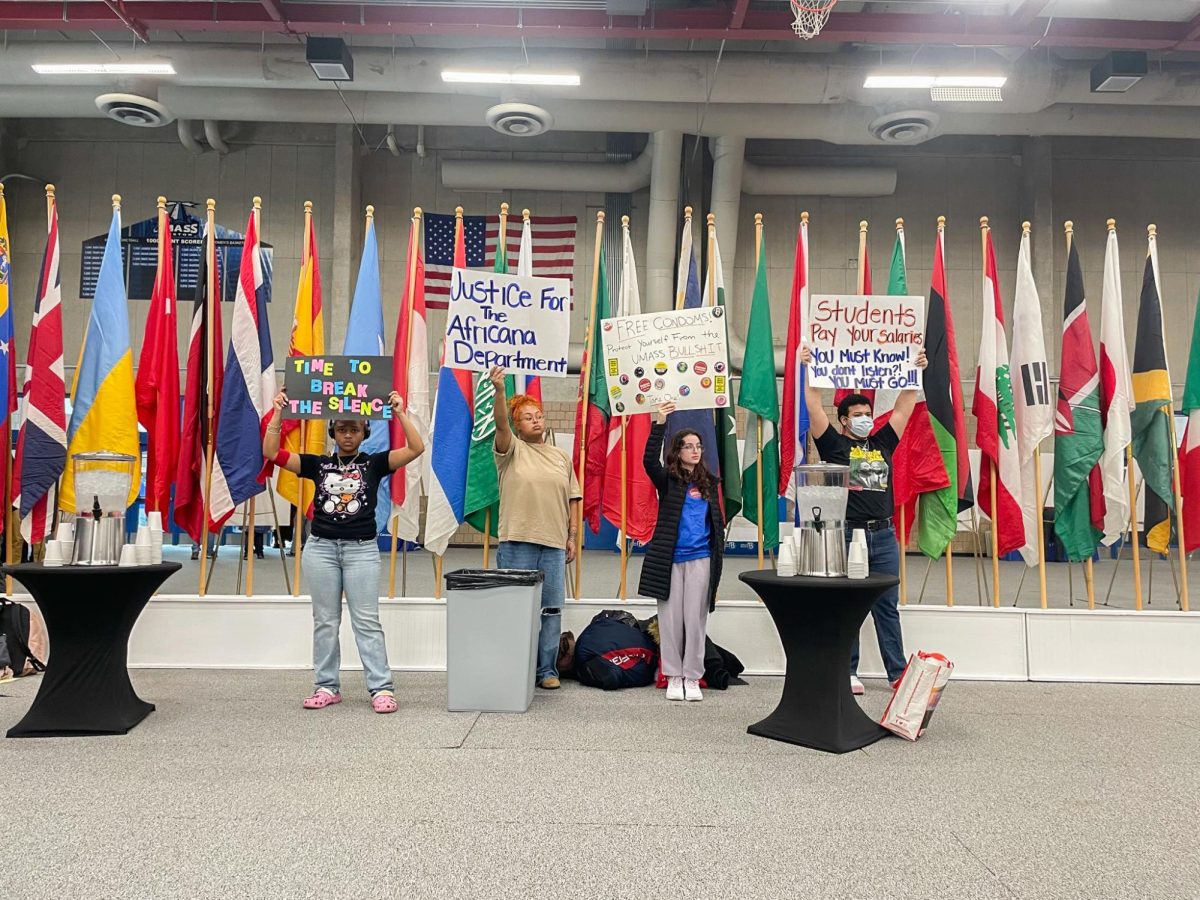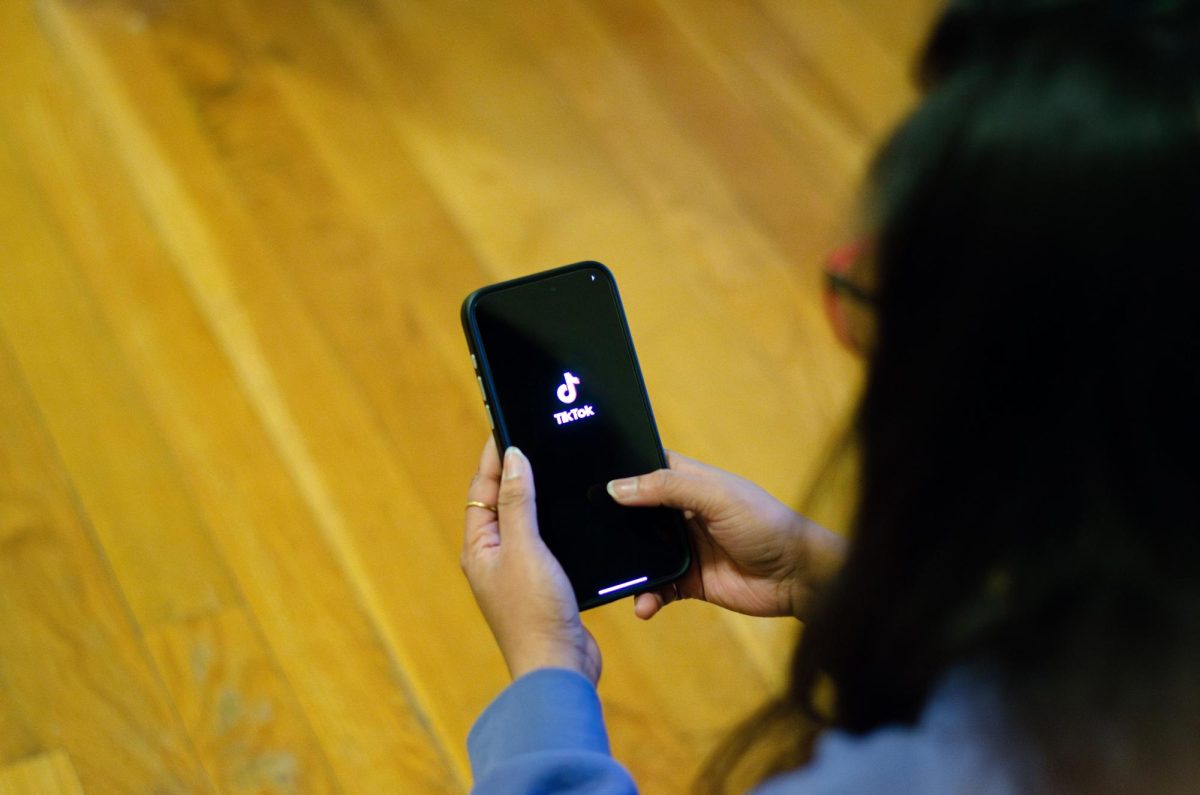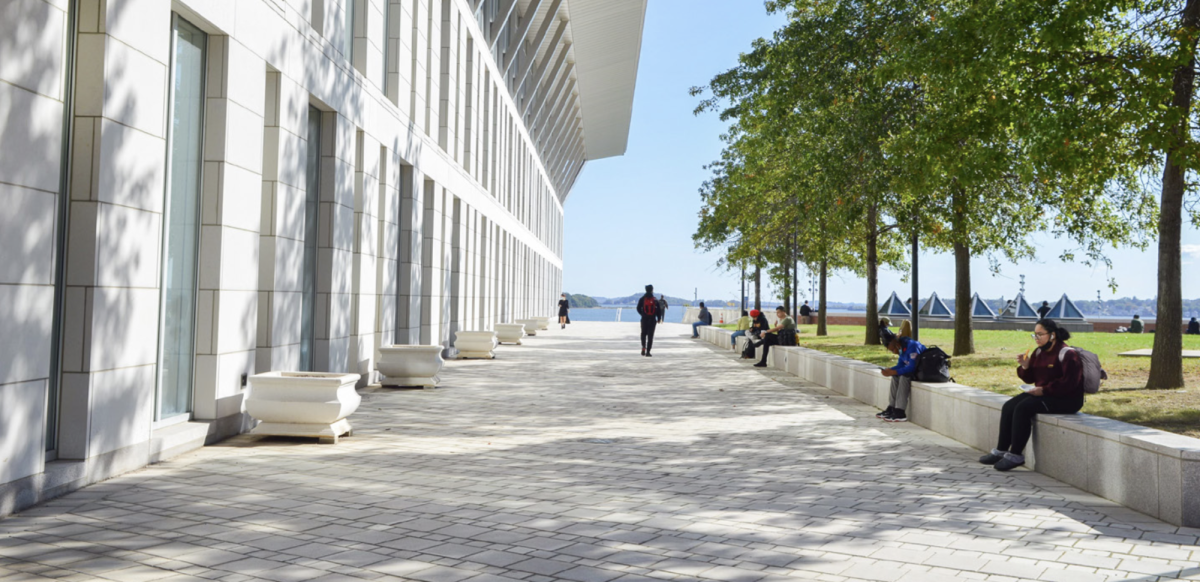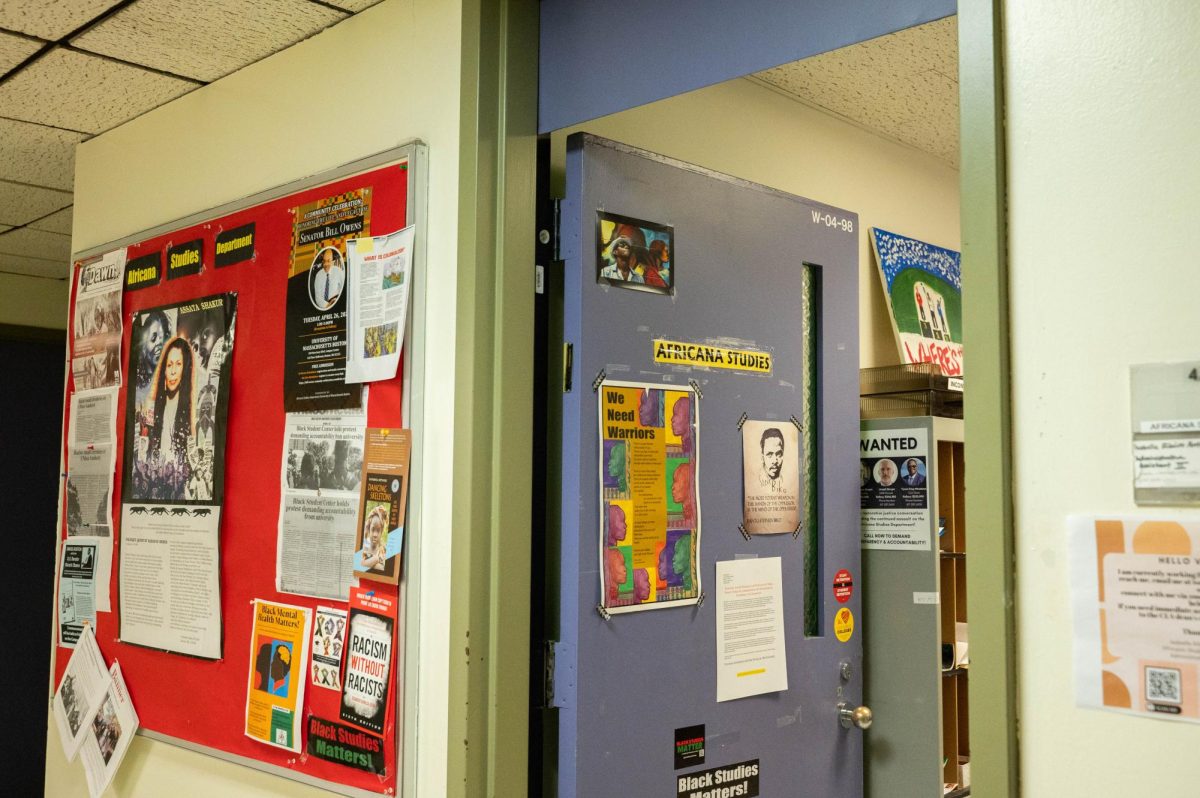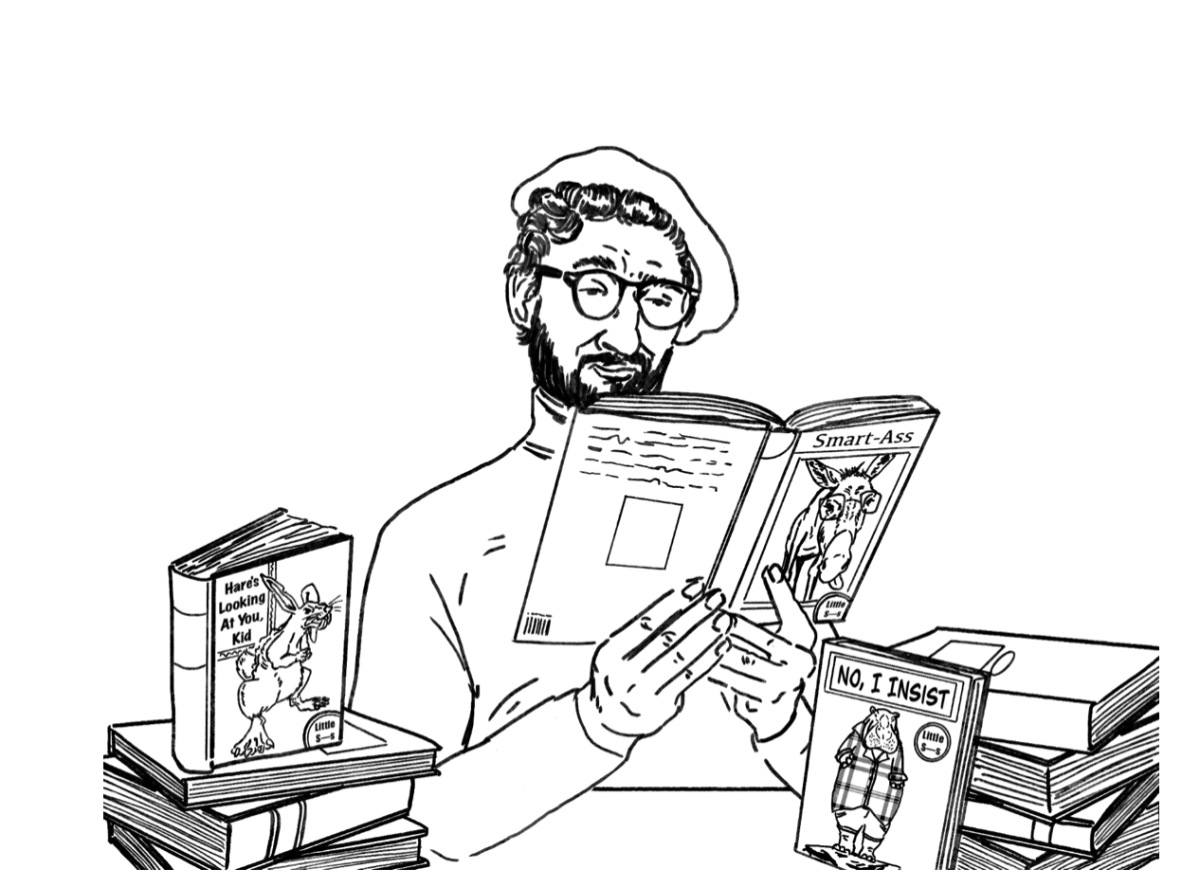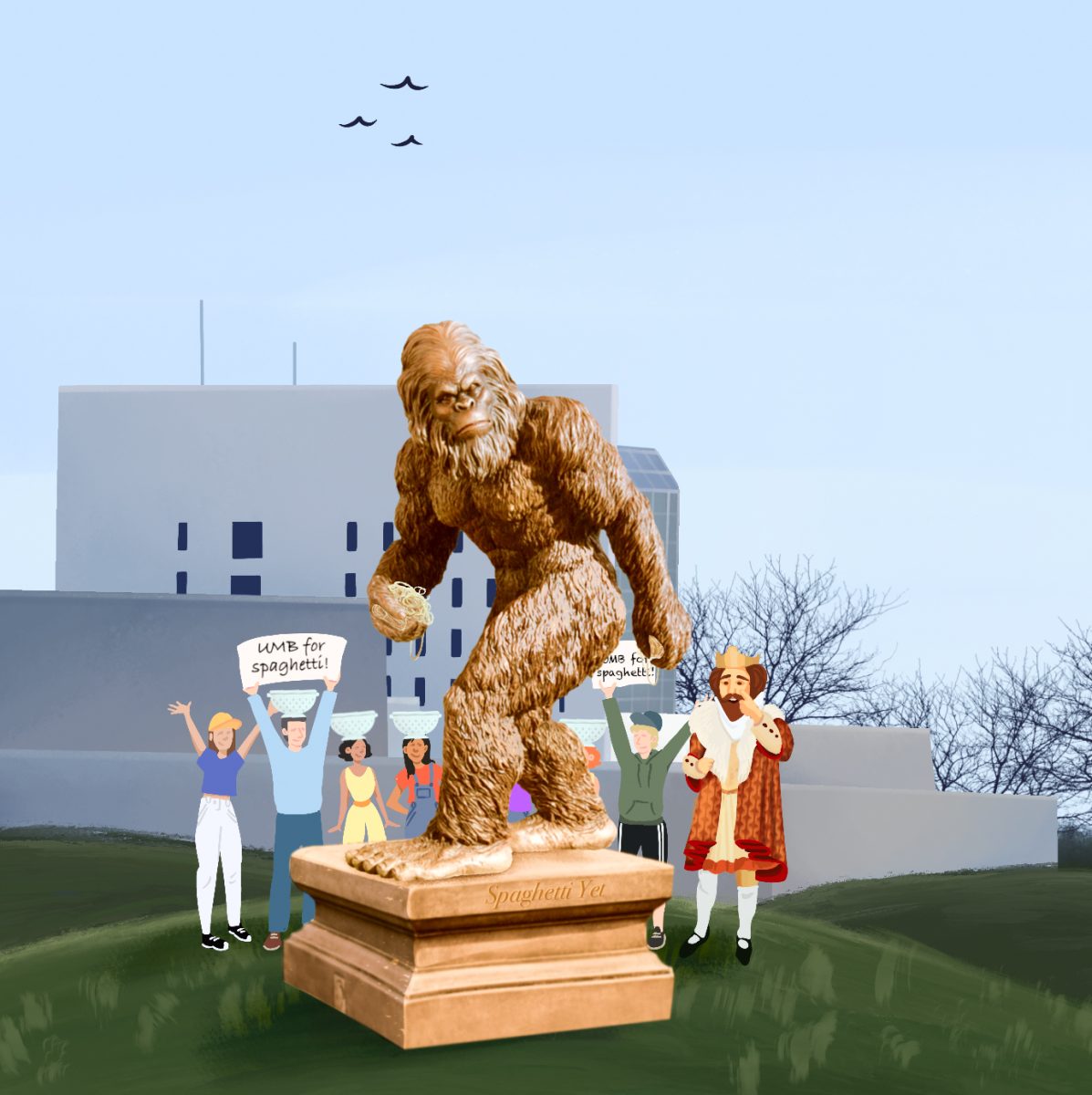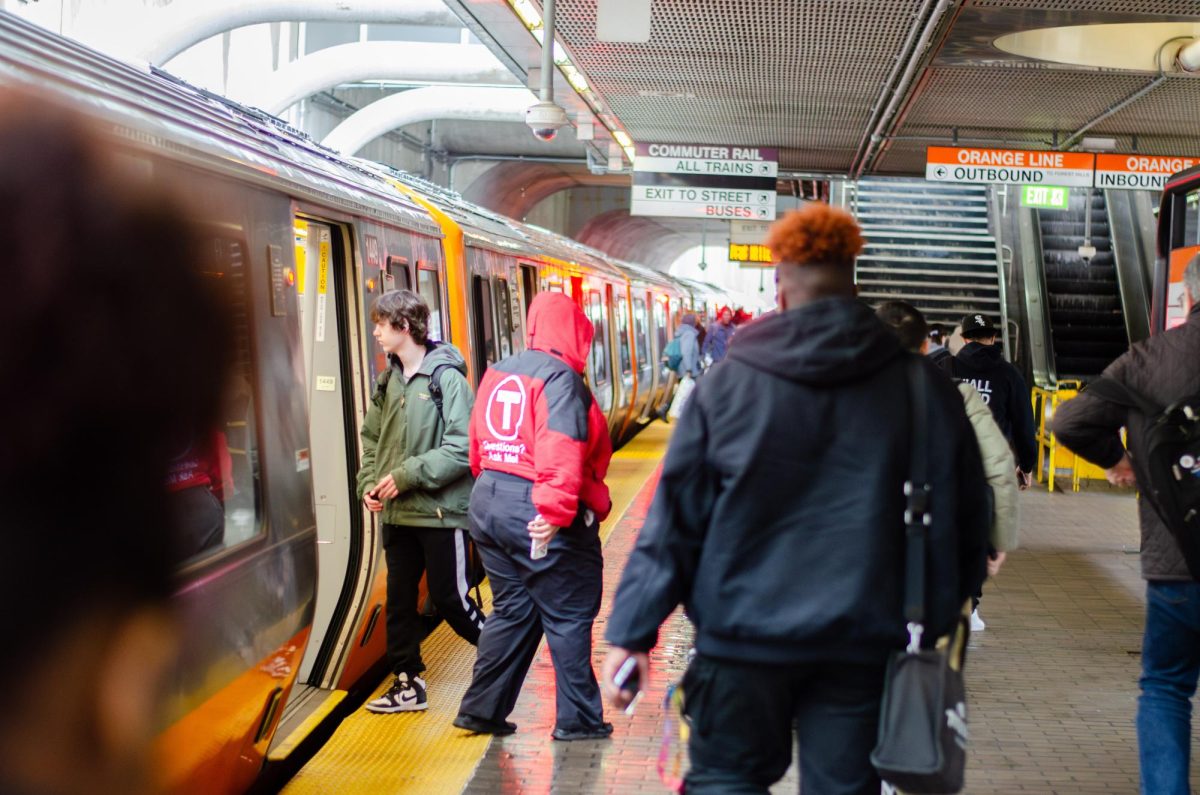Boston’s Mayor Michelle Wu has a TikTok account, which has recently been posting a new series of videos. The series, highlighting the MBTA transit system, focuses on Mayor Wu’s commute with Boston residents, as they travel using various parts of the T. [1]
Wu started this endeavor in January, when she joined Boston Public Schools teacher Becky on the 501 Bus as she headed from Brighton to her workplace. Other videos in the series have followed Wu from the Fields Corner neighborhood of Dorchester, Codman Square, Allston and most recently, East Boston.
In each video, Wu discusses problems with the MBTA with her fellow rider, whether it is a bus delayed due to traffic, long wait times, inadequate protection from the elements at bus stops or having to take other routes when a subway line is down.
Wu ends her videos by asking her fellow riders what they would do to improve the transit system. Answers have varied, from more and bigger buses, easier swipe methods for Charlie cards—whether that’s free or on a phone—and warm or heated bus stops.
Riders featured in Wu’s videos come from various backgrounds, varying from medical professionals to teachers. TikTok users are welcome to leave comments, including requesting that the mayor ride with them on their own commutes. If they’re lucky, the mayor may choose to do so. A demographic that has not yet been represented in Wu’s videos is students, many of whom take public transit in order to get to and from school.
UMass Boston student Ashley Pierce is familiar with the failings of the T. Pierce’s main commute is the Providence Commuter Rail line that comes into South Station. Unlike UMass Boston students whose Commuter Rail train drops them right off at JFK/UMass, Pierce also has to manage the extra commute from South Station to JFK.
“I have four choices, take one of the three Commuter Rail lines that depart South Station and stop at JFK or take the outbound Red Line train,” said Pierce. “Every morning, I have to check three schedules, which I have learned to save into my home screen [of my phone], to see which train will leave first and which will get me to JFK the fastest. The Red Line always loses.”
Boston has the oldest subway in the United States, opening “the nation’s first underground, electric subway line on September 1, 1897,” according to the U.S. Census Bureau. [2] While an interesting facet of history, far less so are the signs of wear and tear that signals the T’s age. The Red Line is a prominent example.
“I save time on my commute by waiting on the South Station platform for twenty minutes for another Commuter Rail train, rather than taking the Red Line train that comes five minutes beforehand,” explains Pierce. “Even if the Red Line schedule says it will arrive at JFK before the Commuter Rail train, my two years of doing this exact commute have taught me the truth: The Red Line never wins.”
Although MBTA General Manager Phillip Eng is doing his best to improve the T —most notably with slow zones and shut downs of subway lines, in order to fix problems such as old trackwork and tunnels—problems with the T plague riders’ daily commutes.
According to Pierce, “Be it a mechanical issue like a door not closing, the mystifying experiences of being ‘on standby,’ or the next train not arriving for more than twenty minutes, the Red Line only acts as a source of anxiety for me, instead of the useful option of public transportation it should be.”
Sources:


